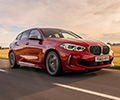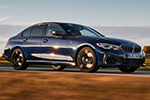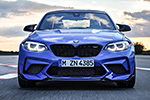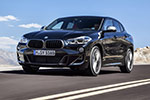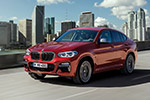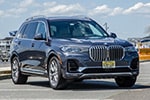Forced induction seems to be extremely high on any petrolhead’s list of “Reasons why cars just aren’t as good as they used to.” However, everyone wants lower fuel consumption and more torque if possible and that hardly can be achieved with naturally aspirated engines. Therefore, many automakers have moved in the last few years towards turbocharging. One of them is BMW. Take for example this BMW F13 M6, powered by 4.4 liter turbocharged mill, replacing the previous V10 naturally aspirated engine.
This change wasn’t as smooth as some may have thought at first, though. A lot of people out there complained about the less than razor-sharp throttle response, as well as the sound the new S63 mill made. The S85 5-liter V10 engine found in the previous generation BMW E6x M models will probably forever remain embedded in our memory as an all time great.
Developed back in the day when BMW was still meddling in Formula 1, the S85 was creating with know-how from the motor sport. It developed 507 HP and 520 Nm (384 lb-ft) of torque and while these figures might seem a bit low in today’s day and age for an engine this size, they were more than honorable back then. Furthermore, what differentiated this mill from anything else on the road was its character. Revving up to 8,250 RPM and with a throttle response as sharp as they could possibly get, this thing even impressed Jeremy Clarkson, a man hard to persuade by any means.
Therefore, the shoes the F13 M6 had to fill were huge. BMW managed to give the new M6 a 4.4-liter twin-turbo V8 engine under its hood with 560 HP and 680 Nm (501 lb-ft) of torque combined with the super fast 7-speed DCT gearbox. But one can only wonder how much of a difference is there between these powerful engines? The video below should give you a pretty good idea.

































